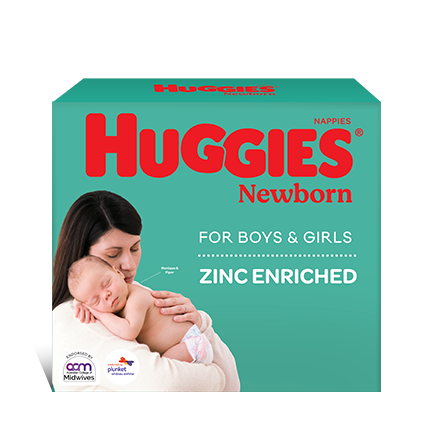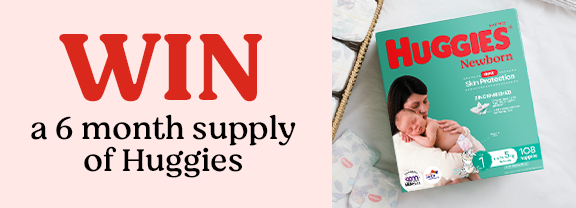Milestones in Your Baby’s Language Development
Baby sign language has been shown to very beneficial to a baby’s language development. So much so, that the typical language parameters of children are changing thanks to a child’s ability to express themselves through baby sign from as early as 6 months of age.
So how can a parent know if their child’s language, listening and speech skills are developing normally? All children develop their language, listening and speech skills at different rates. Below you will find a chart based on a non-signing child’s typical language development but this does not take into consideration the use of baby sign language with children. Please note that this information is a guide only.
Typical Language Development by Child Age
By Age One:
- Turns head toward the source of the sound.
- Watches your face when you speak.
- Responds to familiar sounds such as the car in the driveway, the dog barking, the door bell ringing, the telephone ringing etc.
- Responds to their name.
- Understands simple instructions such as “no”.
- Tries to repeat your sounds or familiar sounds from their environment.
- Uses one or more word with meaning.
- Babbles (says “ba-ba” or “ma-ma”).
By 17 Months:
- Points to objects, pictures & people.
- Most vocabulary is mainly nouns ie. People, place, animal or thing.
- Tries to imitate easy words.
- By The Age of Two Points and says the name to simple body parts such as “nose”.
- Starts to combine words such as “more milk”.
- Can name a number of objects in their environment.
- Can use some pronouns such as “He”, “My” or “I”. However “My” & “I” often get confused.
- Understands simple sentences such as “show me your eyes (nose, mouth, hair)”.
By Age Three:
Speech is more accurate and they can be understood by familiar adults.
- Uses three to four word sentences.
- Is using some past tense such as “jumped”.
- Uses pronouns I, you, me correctly.
- Recognises their own needs such as hunger or thirst.
- Have favourite books and television shows.
- Knows around three prepositions such as “in”, “on” or “under”.
- Is using some plurals such as “socks” or “shoes”.
So how does baby sign language change the above milestones?
The main difference is your baby’s ability to begin communicating through sign earlier than their vocal skills will allow them. By the age of two, while non-signing babies are combining words such as “more milk”, parents of signing babies have experienced two-word communication through baby sign language as early as 14 months of age. This is a 10-month gap in communication. Dr Acredolo & Dr Goodwyn further highlighted these benefits in a study where three-year-old signing children had developed the language and vocabulary skills to a four-year-old.
This does not mean that a signing baby will necessarily speak earlier than a non signing baby but that they will have the ability to communicate their thoughts, wants and needs through sign while being pre-verbal.
This ability for children to communicate their needs and wants causes children to be less frustrated and research has shown that it has great language development and vocabulary building benefits.
Article written by Jackie Durnin:
Jackie Durnin has helped thousands of families reduce frustration with their pre-verbal babies around Australia using simple baby sign language. For more information on baby sign language visit
The Australian Baby Hands website where you may download your
FREE baby sign language chart.
For more information see Baby sign language or Parenting .
Last Published* May, 2024
*Please note that the published date may not be the same as the date that the content was created and that information above may have changed since.






















